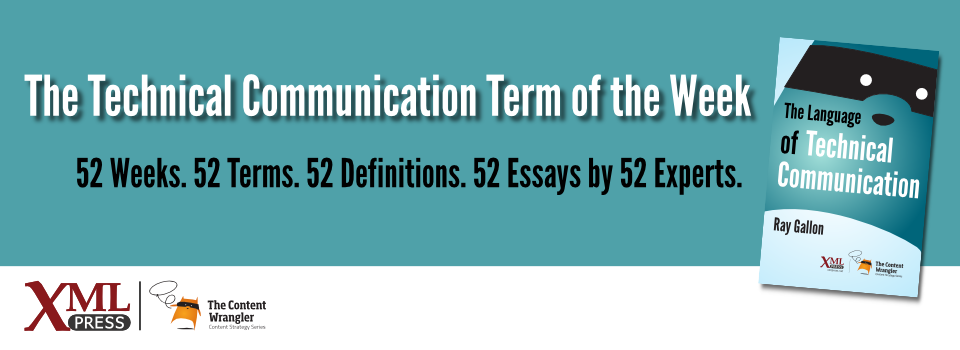What is it?
The practice of using content components in multiple information products.
Why is it important?
Developing reusable content that can be used in multiple places and output formats saves valuable resources, enforces consistency, and improves content quality and effectiveness.
